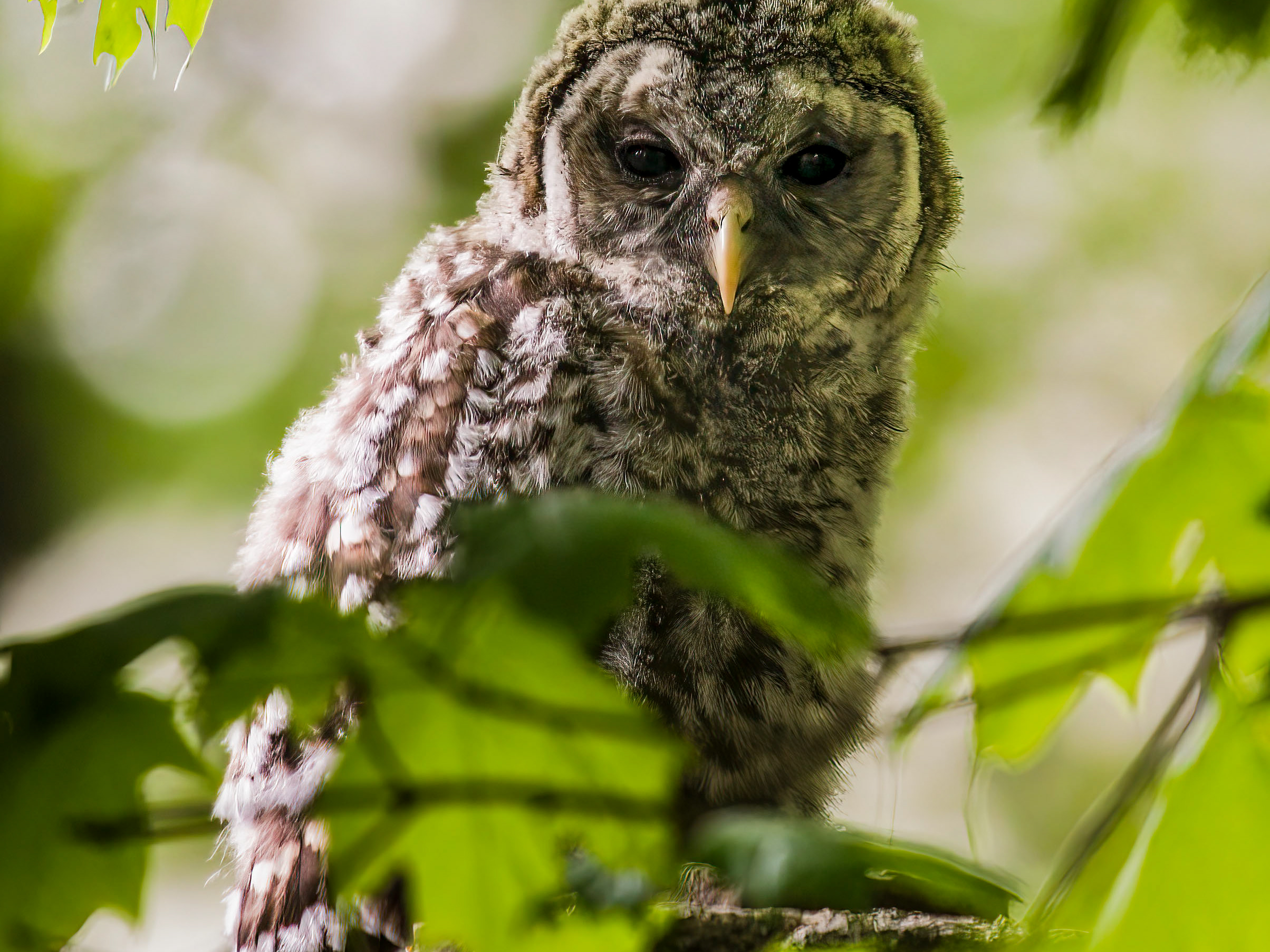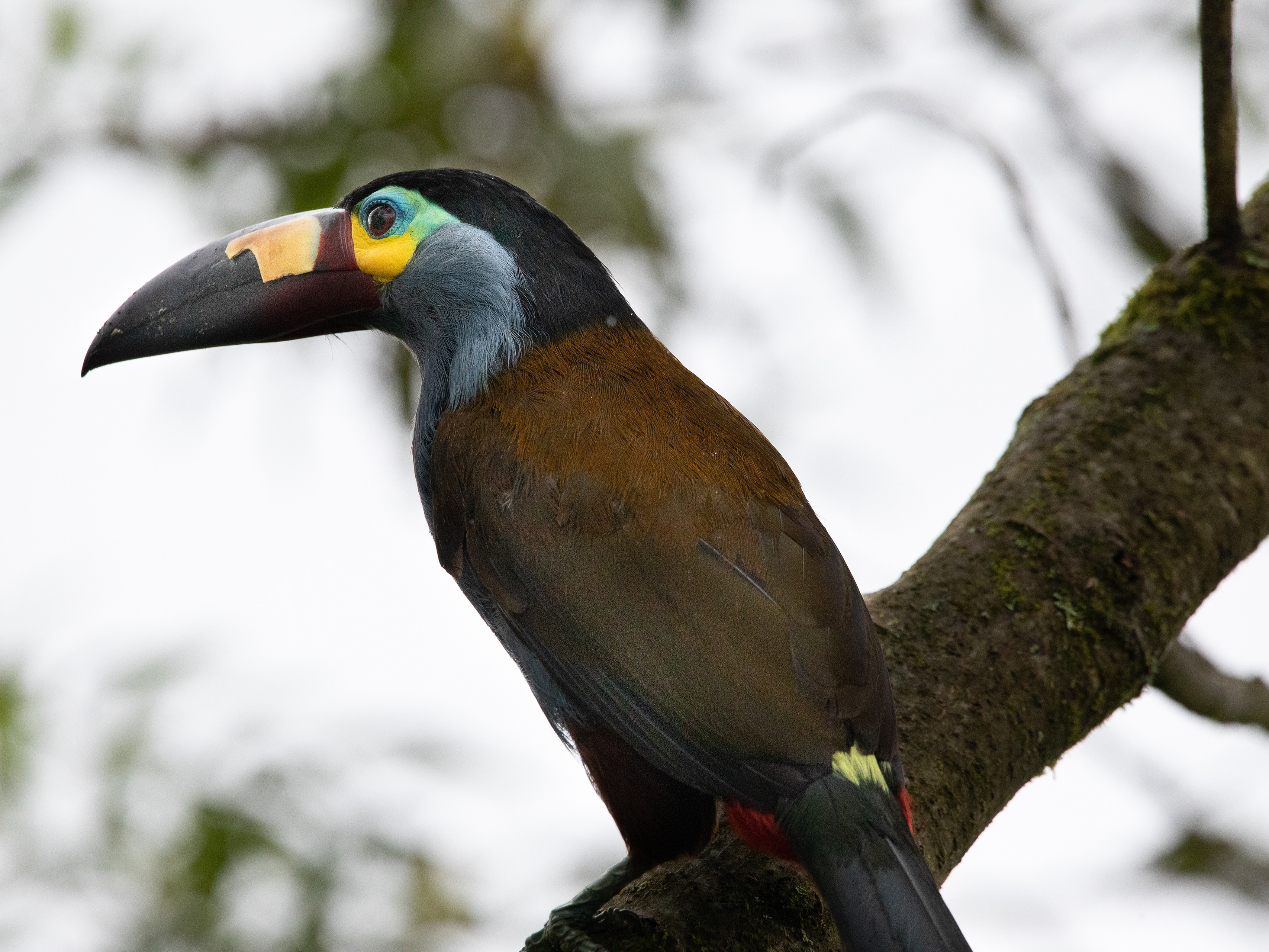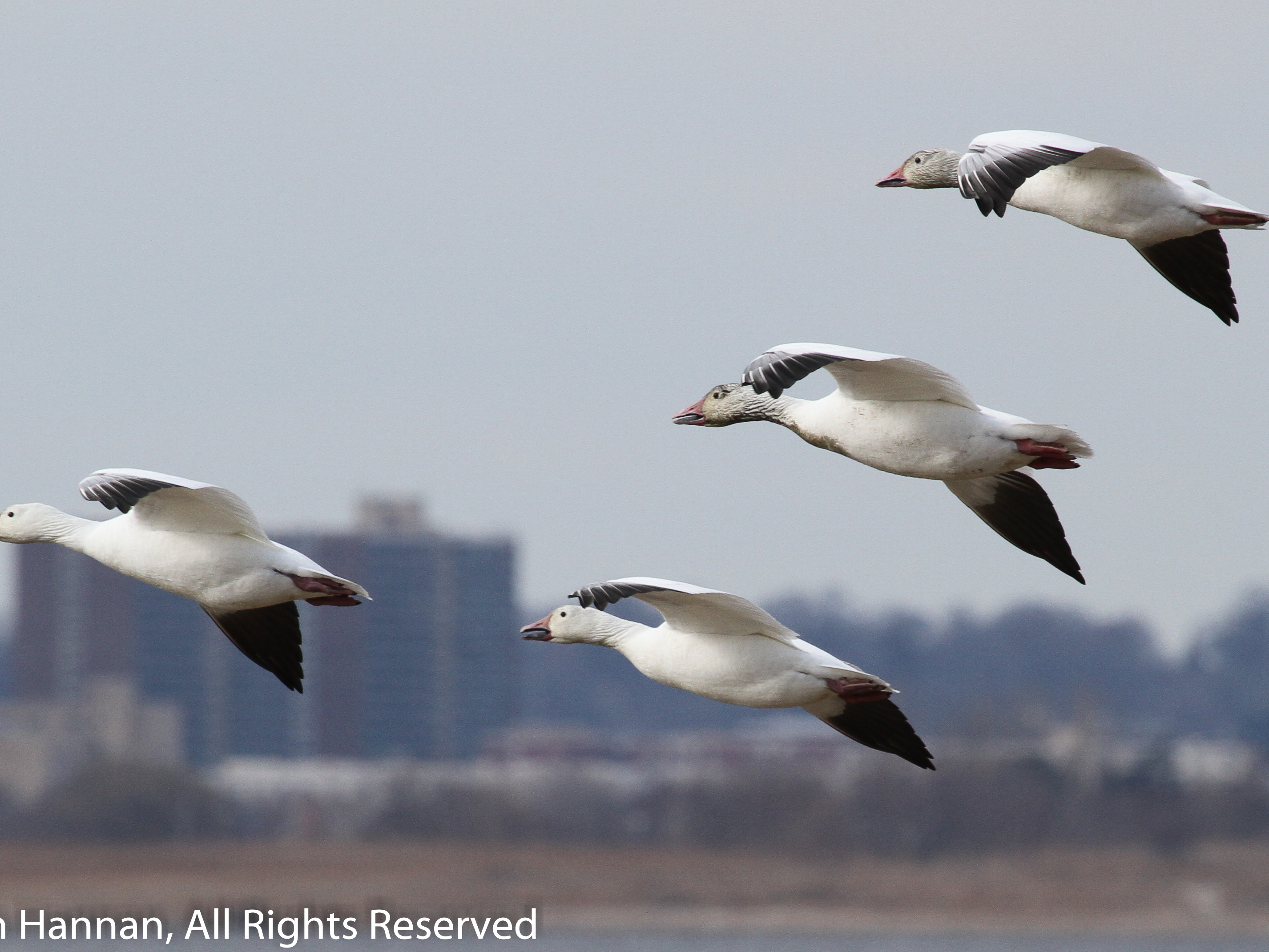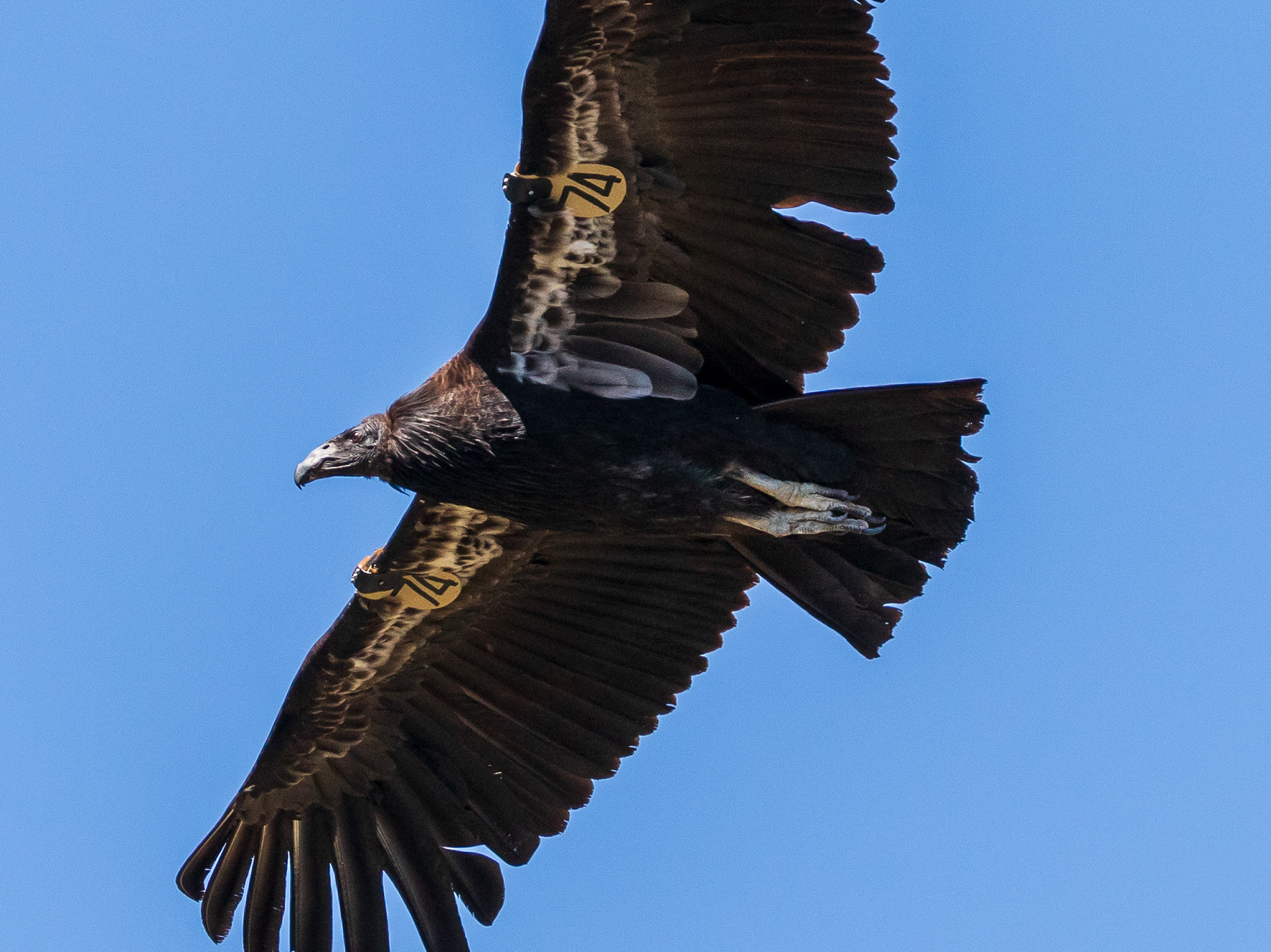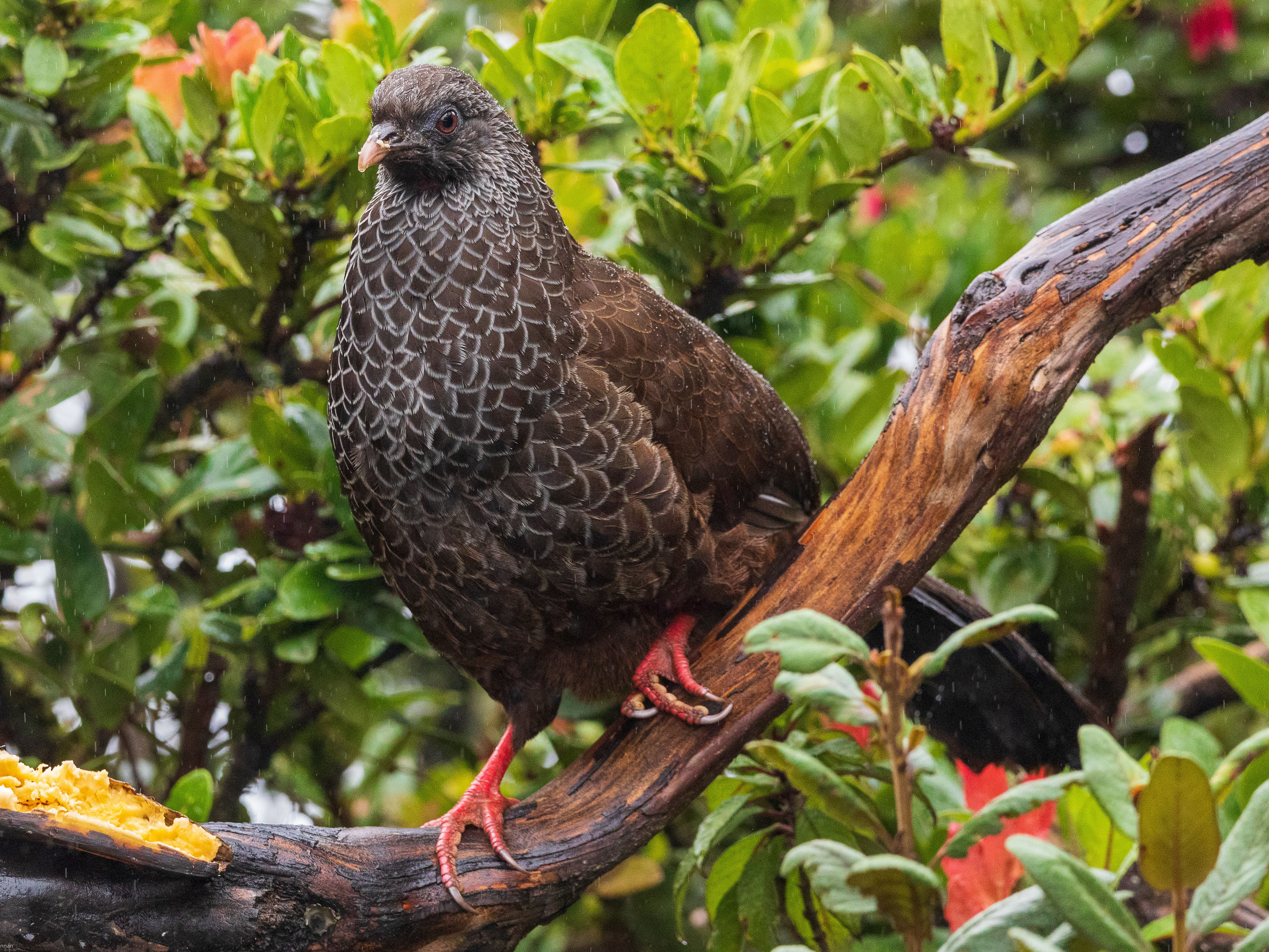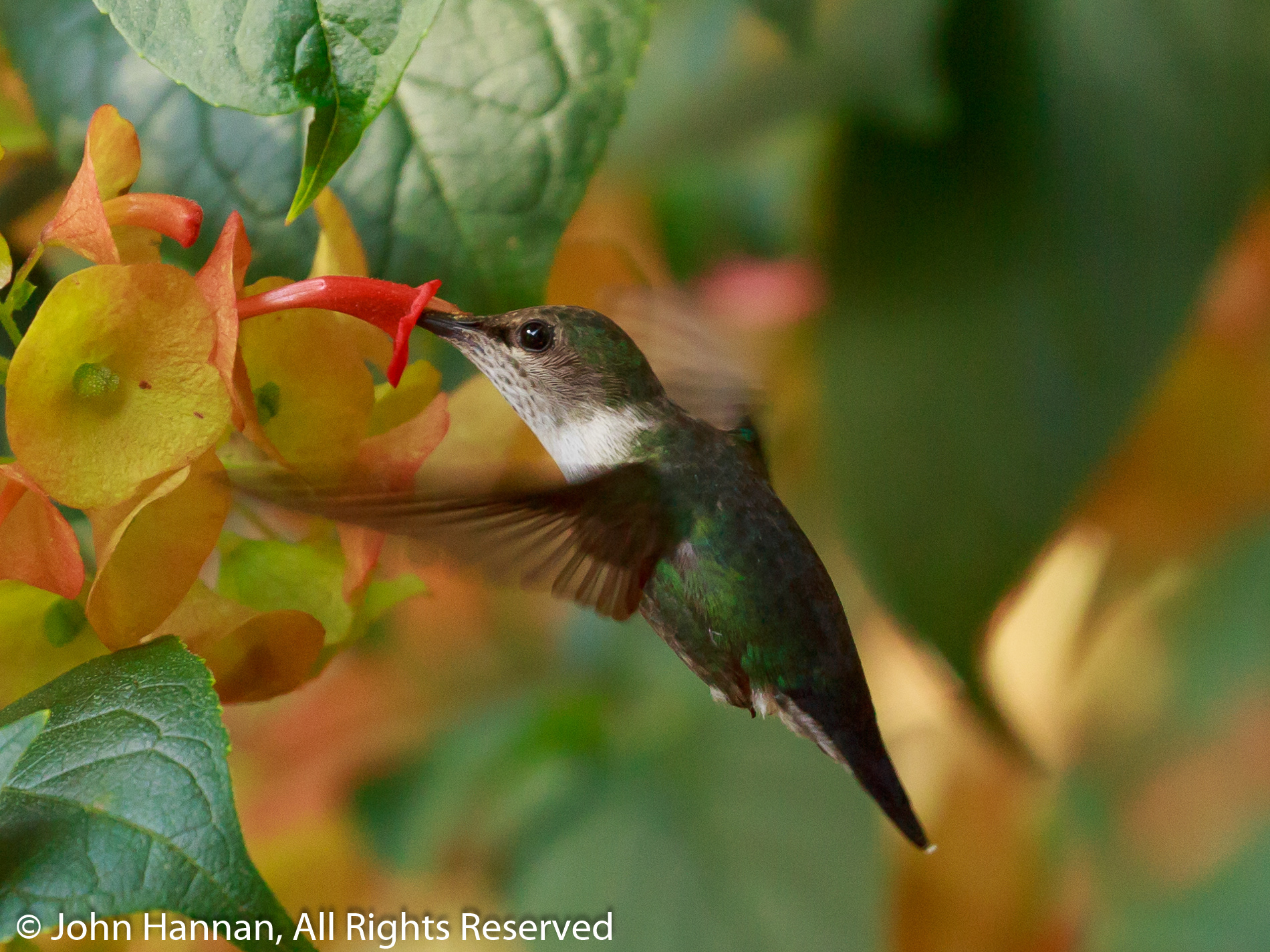As we paddled along the Saugatuck River we naturally encountered multiple young Double Crested Cormorants.
Moving out into the Long Island Sound the first birds easily identifiable were a group of about 14 adult American Oystercatchers.
Harder to spot, but all along the Westport coastline quietly feeding at the water's edge, are small flocks of migrating shorebirds such as this Semipalmated Sandpiper
Semipalmated Plover
The spit that makes up the west end of Cockenoe Island is a traditional nesting site for Common Terns and a resting site for migrating shorebirds. Today adult Terns took turns bringing fish back to their rapidly growing young who have fledged but will gladly take food.
The spit is also home to nesting and foraging American Oystercatchers.
All day a constant din of begging first year birds rings across the water as adults make countless trips with Silversides and other bait fish
Even other adults get in on the action hoping for a free meal.
Not every fish makes it into a hungry mouth.
But very little is ever wasted on the spit as every fish is retrieved until eaten.
Smarter birds soon learn to perch on the higher rocks so the task of passing the fish from mouth to mouth is made easier.
And there always more hungry mouths to feed.
And more fish to be doled out.
August is the month when shorebird migration south really picks up for species like this Least Sandpiper.
Often the first southern bound shorebird migrant to appear along the Sound coast is the Ruddy Turnstone.
Semipalmated Sandpiper
Even young Common Loons appear around Cockenoe, drawn by plenty of food and safe waters.
As we paddled over to the Cockenoe Island lagoon we encountered Willets.
Tucked in with the Common Terns and gulls was this first year Laughing Gull that is probably coming from nesting colonies on Long Island.
More Common Terns
Entering the Saugatuck River on the way back more Double Crested Cormorants.


